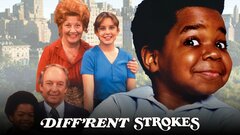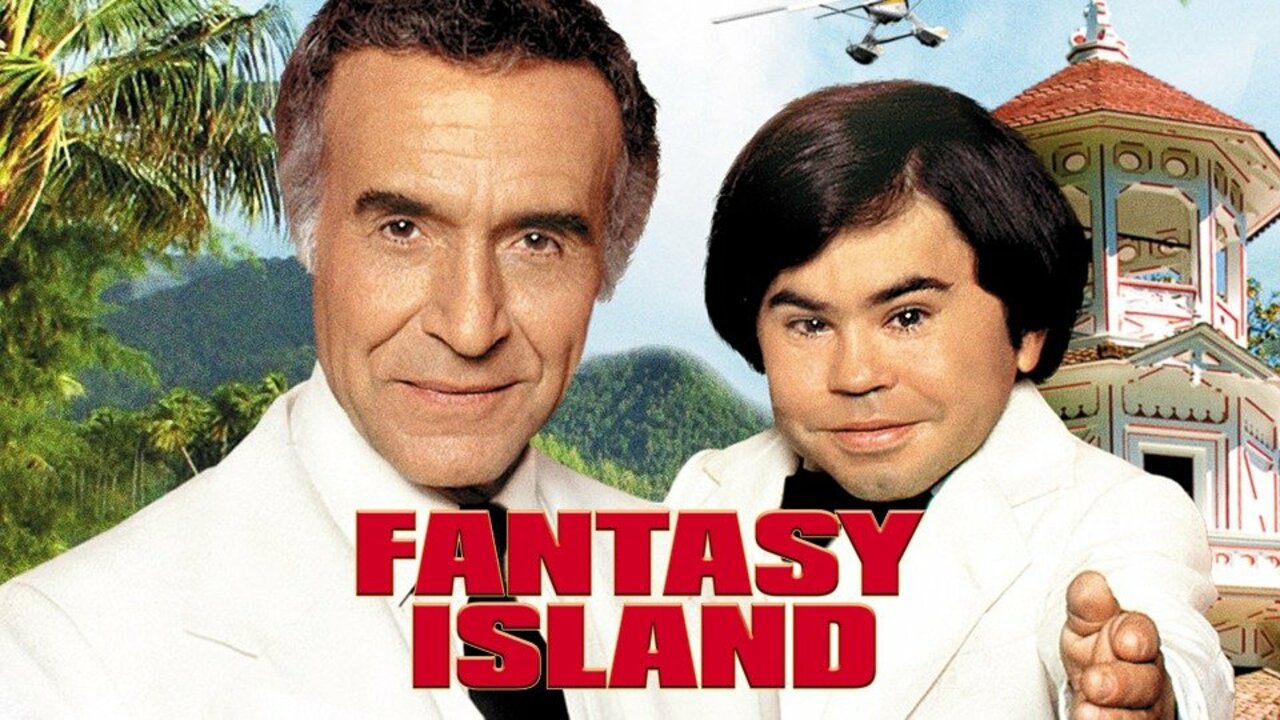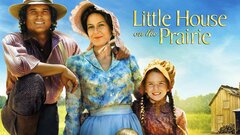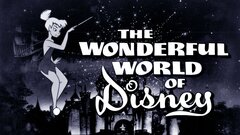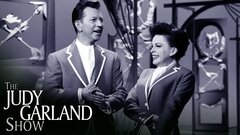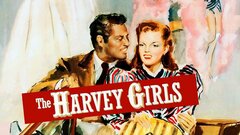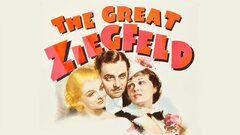Although he had racked up numerous stage and screen credits, rubber-legged song-and-dance man Ray Bolger will forever be remembered by children of all ages as the Scarecrow who accompanies Dorothy, the Tin Man and the Cowardly Lion to the Emerald City in search of "The Wizard of Oz" in that 1939 MGM classic.
A tall, slender man whose physical capacities as a dancer often mystified audiences (he was so lithe as to appear double-jointed), the Massachusetts native began his career in vaudeville. Although generations came to know him through his musical roles, Bolger first and foremost considered himself to be a comic actor, skills he first honed with the Bob Ott Musical Comedy Repertory in the early 1920s and later as part of a vaudeville act.
In 1926, he was spotted by Gus Edwards who hired him as a comedian for the Broadway show "A Merry World." Other stage roles followed, most notably as the lead in the Rodgers and Hart classic "On Your Toes" (1936), introducing the now famous "Slaughter on Tenth Avenue" number.
Based on the strength of that performance, he was signed to a film contract by MGM. Bolger debuted in features as himself in the Oscar-winning biopic "The Great Ziegfeld" (1936). He got a chance to display his comic abilities supporting Nelson Eddy and Eleanor Powell in "Rosalie" (1937) but was mostly wasted, except for a clog dance with Jeanette MacDonald, in "Sweethearts" (1938).
When MGM originally announced plans to film "The Wizard of Oz," Bolger was assigned the role of the Tin Man. Feeling that he would be constrained in the role--the dancing would be minimal--he somehow managed to get producer Mervyn LeRoy to allow him to switch roles with Buddy Ebsen who had been tapped to play the Scarecrow. (What for Bolger was a triumph proved problematic for Ebsen who developed an allergy to the make-up and had to be replaced.)
Offering an astonishing display of terpsichorean skill (when he dances, he really appears to be made of straw), Bolger etched a truly memorable character. The studio, however, chose not to renew his option. Moving to RKO, Bolger appeared in "Four Jacks and a Jill" and "Sunny" (both 1941) before returning to Broadway in Rodgers and Hart's "By Jupiter" (1942).
Exhausted from the grind of working in live theater, he withdrew early from the show (prompting sniping in the press), but the performer needed the rest before undertaking a USO tour (1943-45).
After WWII, Bolger made a one-shot return to MGM where he was again partnered with Judy Garland in "The Harvey Girls" (1946) but his greatest success was to be on stage in what came to be a signature role, Charlie Wykeham, an Oxford student who dons drag and pretends to be a dowager, in "Where's Charley?" (1948-51), a musical adaptation of "Charley's Aunt".
In the show, he introduced the soft-shoe number "Once in Love With Amy" with which he became closely identified. When Warner Bros. filmed the show in 1952, the studio wisely selected Bolger to recreate his stage triumph.
Bolger later found it difficult to top himself, though. Decent film roles became elusive, particularly as the movie musical's heyday was past. Despite wanting to be viewed as a comedian, Bolger and his image were rooted to song-and-dance.
TV seemingly offered a shot with his own sitcom "Where's Raymond/The Ray Bolger Show" (ABC, 1953-55) but the premise did not take full advantage of his gifts and both versions failed to find an audience.
For the remainder of his life, he struggled to find good parts but returns to Broadway in "All American" (1962) and "Come Summer" (1969) proved disappointing as did film work. Nightclubs provided an outlet and he became one of the more popular attractions on that circuit with an act steeped in nostalgia.
His most notably acting role was in a rare dramatic turn in the NBC remake of "The Entertainer" (1976). As the father of Jack Lemmon's titular character, Bolger drew on his own history to portray an aging vaudevillian and was rewarded with an Emmy nomination for his efforts.
Although he offered a strong turn as a priest in his last film role in "The Runner Stumbles" (1979), the movie itself was a jumble with a miscast Dick Van Dyke in the lead. After undergoing hip surgery, a still agile Bolger served as one of the narrators and hosts of the compilation film "That's Dancing!" (1985).
Two years later, he succumbed to cancer, leaving behind only a handful of films. Yet, as long there are movies, he will forever be remembered traveling the Yellow Brick Road in search of a brain.




